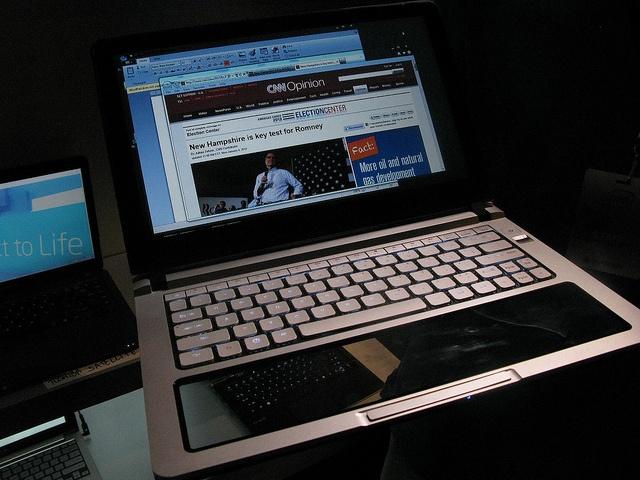
By Rebecca Cressman
The mission-driven business sector is growing – and so is the competition for ongoing press coverage.
And many of these companies are now left wondering, 'How do I keep my name in the news without spending the bulk of my (oftentimes very tight) budget on PR?'
As a PR & Communications Consultant and the founder of globesprouting, I’ve been asked this question more times than I can remember.
But as someone that’s also helped major global brands keep their name in the media – oftentimes without having any real ‘news’ to tell – I always have an answer. And it’s to employ some of the same winning strategies consumer brands already use to secure mainstream media traction and attract new customers.
As long as your business is willing to set aside the time and start thinking outside the ‘company mission story’ box, you can easily begin implementing smart, proactive PR strategies that don’t require expensive events and celebrity spokespeople – but still get results.
Following are my top five cost-effective PR strategies for purpose-driven businesses who want to increase their media coverage – but not their budget:
1. Downloadable media (press) kits
I’ve spoken with a number of mission-driven founders who weren’t aware of pieces of media coverage until after they came out.
And this doesn’t surprise me, especially with so many bloggers and influencers writing posts about their favorite businesses, oftentimes without getting in touch with the company or spokespeople directly. This brand of ‘citizen journalism’ isn’t going anywhere, so it’s probably a good idea to ensure that bloggers and influencers have everything they need to get your story right without talking to you first.
One of the best ways to encourage better – and more accurate – pieces of coverage is simply to make a downloadable media (press) kit available on your website. At a minimum, it should contain: high-res product/business founder images, FAQs/background information and recent media releases.
LuminAID has a great, downloadable press kit hosted on their website which you can check out here for inspiration.
2. Influencer send-outs
If your purpose-driven business sells a product, then you should definitely be sending it out directly to as many key influencers as possible.
And not just when you launch – but whenever one of them talks about your industry category in the news or on social media. And while I’m sure I don’t need to tell you to ensure you’ve got your Google Alerts and social media monitoring set-up to uncover who these key influencers are, just be sure you take advantage of the opportunity to engage with them directly throughout the year.
Products should at the very least be packaged ‘to perfection’ so that bloggers and social media influencers will want to photograph them. You should also include a personalized note – and if you can, create something totally bespoke just for them.
And if you don’t have actual products to send out, then consider a coupon code, content partnership or even conduct an interview for your website – all of which influencers can share across their social media channels.
3. Thought leadership
THINX is a great example of a mission-driven brand that stands for something much bigger than just their underwear products and social mission.
Their thought leadership on breaking female taboos has given THINX co-founder and CEO Miki Agrawal the opportunity to provide expert comment on a number of larger issues in the media.
Is there an important conversation about an issue your customers really care about that isn’t being had? Then this might be your opportunity to become a thought leader and advocate for change.
This type of strategy is also great for organically generating more content ideas across both owned and earned media channels, to ensure you’re not just selling products that help disadvantaged communities, but also providing expert advice to your loyal customers.
4. Ditching the media (press) release
Unless you’re launching something new, or making a big announcement, then spending money on creating and sending out press releases is probably a waste of time.
Instead invest that time and money into getting to know the media who write about your sectors – and work with them to develop stories for their readers.
5. Thinking proactively – and seasonally
Instead of relying on reactive opportunities, start thinking proactively about what type of content you can offer up to media on a monthly basis.
There’s probably plenty you can provide that doesn’t rely solely on your company’s mission statement and product offerings – like founder profiles, expert tips, case studies, personal essays and seasonal content that aligns with key calendar events like International Women’s Day.
The best way to do this is to create a PR (earned media) calendar (which ideally complements your owned content calendar) identifying key opportunities per media outlet – ensuring you’re offering something of value when it’s most relevant and timely.
Rebecca Cressman is a PR & Communications Consultant and the founder of globesprouting, a blog that tells inspiring startup stories and provides expert advice to help entrepreneurs launch and grow a purpose-driven business. Connect with her on Twitter @becmann
TriplePundit has published articles from over 1000 contributors. If you'd like to be a guest author, please get in touch!














